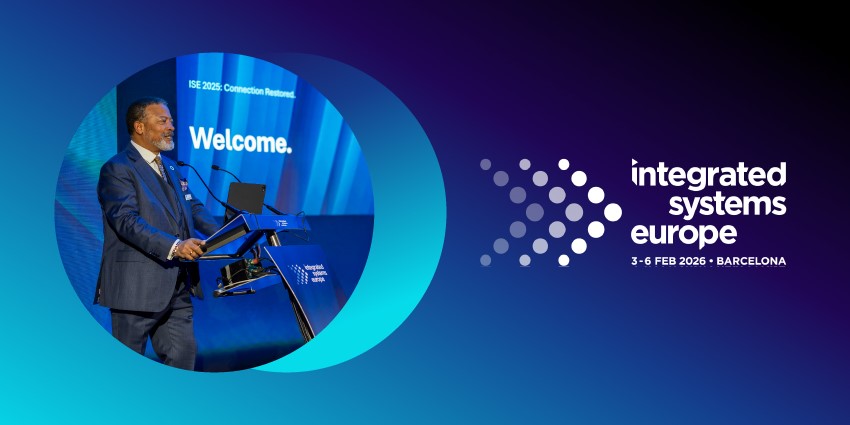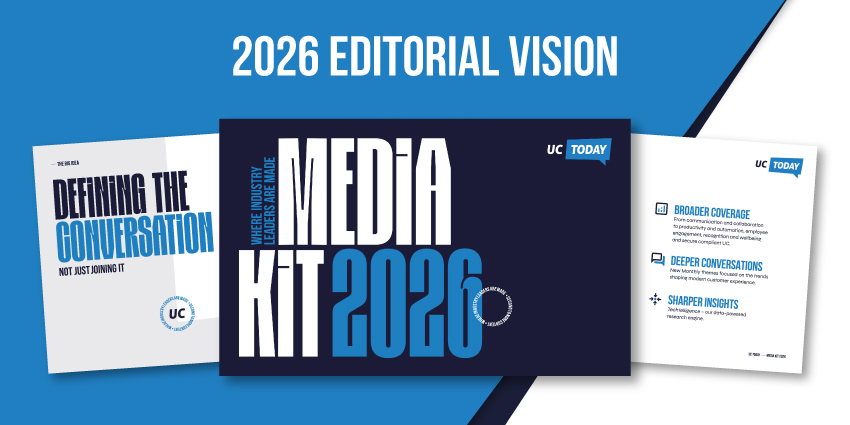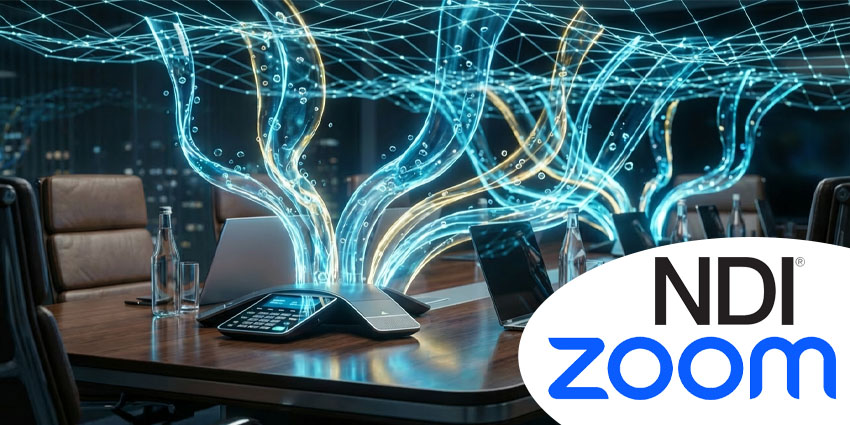 Guest blog by Chris Marron, UC analyst and CEO of Chris Marron & Associates
Guest blog by Chris Marron, UC analyst and CEO of Chris Marron & Associates
The remote work debate has raged continuously since the COVID-19 pandemic forced a rapid, widespread shift toward the model. Initially embraced out of necessity, remote work offered significant benefits for both leaders and employees, such as reduced commuting time, greater flexibility, and decreased overhead costs related to office spaces.
However, businesses remain deeply divided on the effectiveness and long-term viability of remote working. Now, despite these advantages, we’re witnessing a significant swing back toward in-office work, with return-to-office mandates gaining momentum even among some prominent Unified Communications (UC) providers. This trend is especially notable given that these UC vendors promote technology designed specifically to enable seamless remote collaboration.
The underlying cause of this return-to-office push is clear: many executives feel they lack sufficient control, oversight, and visibility into remote employee activities. Concerns persist over productivity, collaboration effectiveness, and overall accountability, causing many organizations to pressure employees back into physical office environments.
Tackling the Visibility Gap
The core of these concerns stems from a visibility gap. Specifically, it is the sense that remote work limits leaders’ ability to observe and influence what’s happening day to day. However, while this gap currently fuels return-to-office mandates, the very tools that once made remote work possible are now transforming to provide an even greater level of oversight in a remote environment than is possible in the office today.
Where previously AI was the remit of the contact center vendor, in recent years, AI has rapidly emerged as a core priority across UC vendors, driving substantial innovation and integration across their product offerings. Today, features such as automatic meeting transcription, AI-generated meeting summaries, and automated follow-up actions are increasingly widespread.
These sophisticated AI tools are capturing, digesting, and interpreting vast amounts of interaction data that previously remained inaccessible or cost-prohibitive to analyze. Just as CRM platforms already enable natural-language queries against extensive customer databases and email chains through generative AI, UC platforms are rapidly advancing toward similar capabilities.
Simultaneously, advancements in AI are enabling the additional ingestion of data from Google Drive, Microsoft Office, and other essential workplace applications, dramatically enhancing organizational visibility and operational oversight.
The implications are transformative. In a fully transcribed, recorded, and analyzed remote-working environment, every meeting, message, email, document, and even CRM ticket can be effortlessly monitored and reviewed. Every interaction and action taken by the remote worker can be recorded and data mined in a way that is not yet possible for in-person office workers.
How Improved Oversight Changes the Remote Working Debate
This dramatic shift in oversight capability fundamentally alters the remote work dynamic. Previously, remote working was perceived as inherently more difficult to manage compared to in-office settings. However, as these AI-driven UC solutions mature, remote work environments will soon offer even greater oversight and transparency than traditional office setups. Every interaction, whether meetings, messages, calls, emails or document edits, can be recorded, transcribed, and analyzed.
Businesses will be able to capture a level of detail impossible to replicate within the physical office, where water cooler conversations, in-person meetings and live discussions are simply not recorded. This reversal makes remote working the preferred choice for executives who desire complete visibility, control and oversight.
The multiple degrees of separation between an executive and the front line disappear in an era when a technology solution can immediately provide an answer to any question an executive might have.
The remote work debate continues to evolve, and while the cultural discussion may dominate headlines, the technological shift is already underway. The foundation is in place, and the pace of AI advancement means these oversight capabilities are no longer theoretical. They are imminent. IT leaders must begin preparing now.
This means more than simply understanding what tools are available. It requires forward planning, clear roadmapping, privacy and compliance policy decision-making, and active education about the direction this technology is headed.
As AI-driven oversight becomes not only possible but practical, IT leaders should be positioned to guide their organizations confidently. When executive teams begin to realize that remote work can offer greater control, transparency, and insight than traditional office setups, those already planning for that shift will be the ones driving the conversation, not catching up to it.







